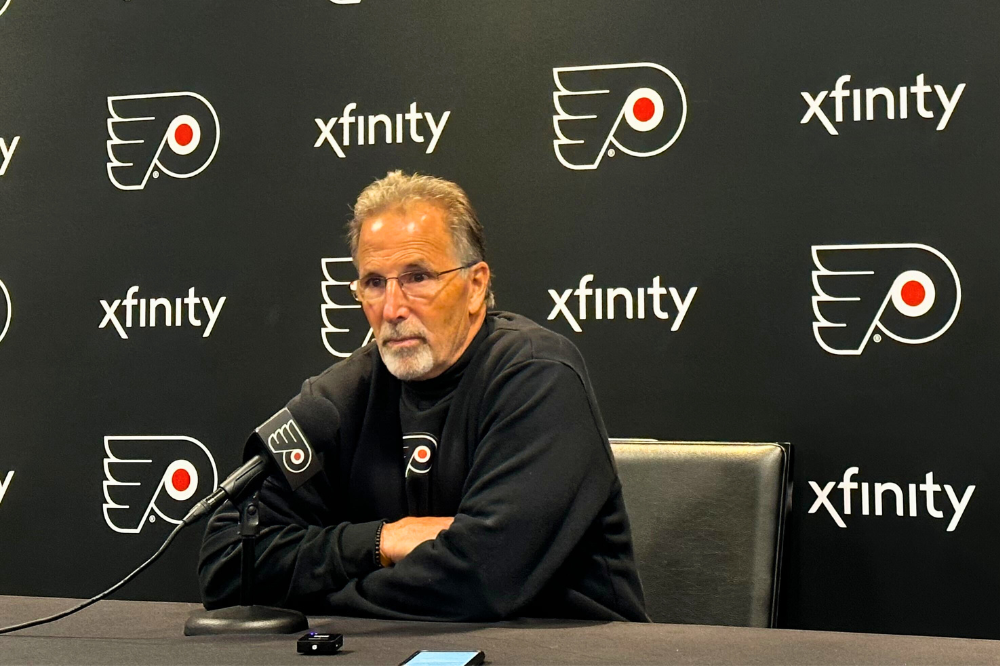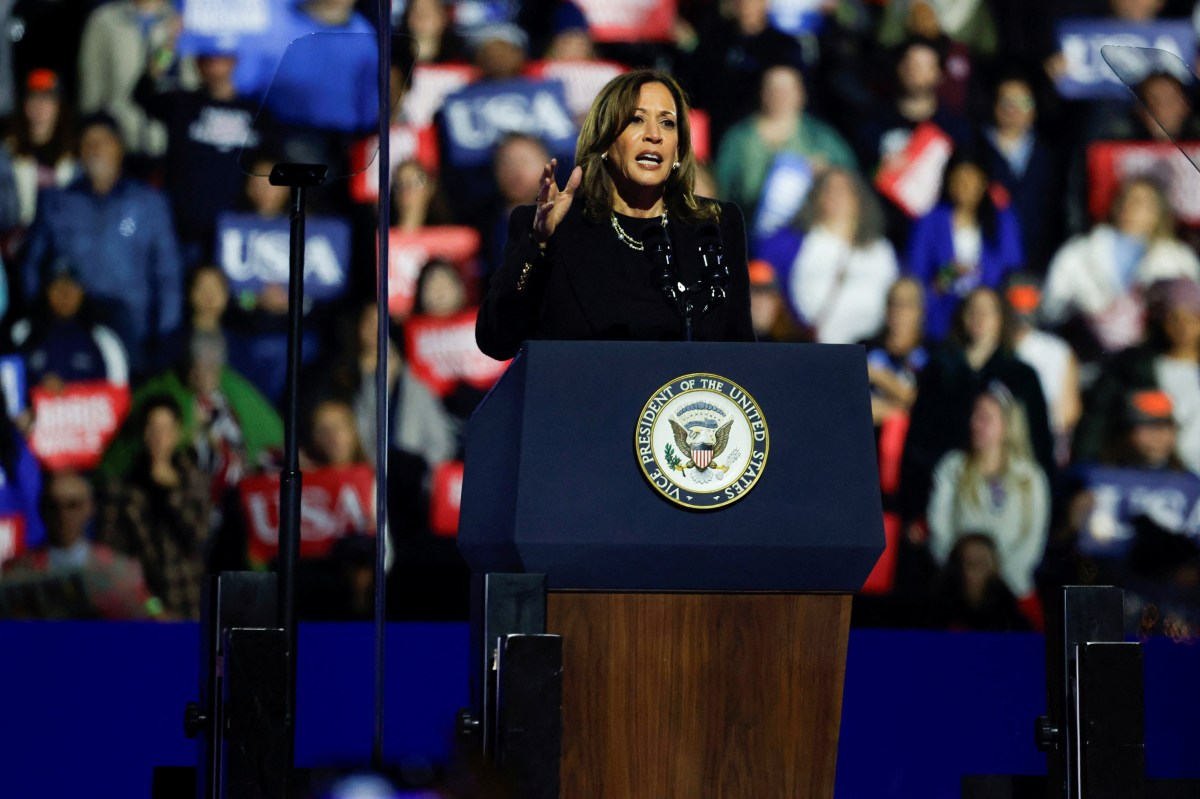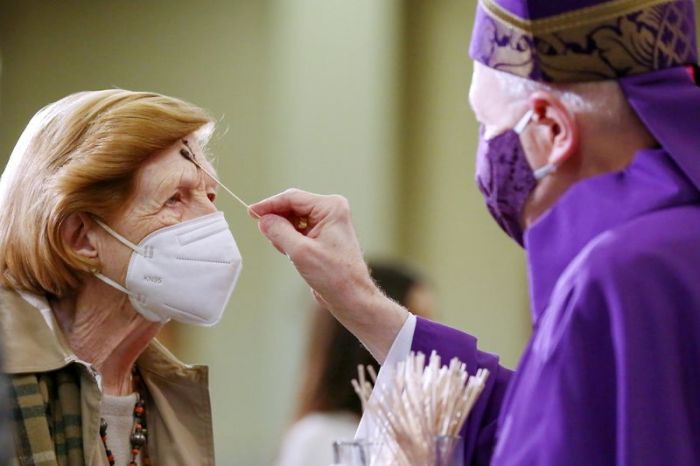WASHINGTON (Reuters) – Inflation is unlikely to hit the Federal Reserve’s 2% target on a sustained basis at least through 2022, Boston Fed President Eric Rosengren said on Wednesday, adding that he was not concerned about an immediate jump in prices that is expected to occur as the coronavirus pandemic eases.
In the coming months “we are going to see somewhat of a pickup in inflation,” Rosengren said in comments to a University of New Hampshire Franklin Pierce Law School online symposium, with federal transfer payments again flowing, households sitting on piles of cash, and the health crisis expected to abate and allow more normal commerce, shopping and travel to resume over the year.
“Food and energy prices may go up as certain areas of the economy are facing some shortages,” Rosengren said. “But what we really want for inflation is kind of the broad-based inflation rate to be at a sustained level of 2%. I don’t think we are going to see that this year. I would be surprised if we see it before the end of next year.”
Annual inflation, according to the Fed’s preferred measure, is currently only about 1.3%.
Rosengren’s comments further anchor the U.S. central bank’s intent to keep financial conditions loose until the U.S. job market improves, and annual inflation reaches the Fed’s goal – hurdles policymakers as of December did not expect to reach for several years.
But the coming weeks may test their mettle if consumers – and their political representatives – take notice of what is expected to be at least a one-time bump in many prices as the economy returns to normal, including for sensitive goods like food and energy.
That may already be starting. Food giants Kraft Heinz Co and Conagra Brands Inc are mulling price hikes in response to rising input costs. Producer prices in January surged by the most in more than a decade.
Long-term interest rates have also ticked up, a potential issue for a Fed that wants to keep borrowing costs cheap. So far, policymakers have welcomed the slight jump in yields on U.S. Treasury bonds as a sign of confidence that the economy will hit a patch of strong growth as the health crisis abates.
U.S. retail sales also surged in January as households put the latest government “stimulus” payments to work.
Those signs of tightening markets, resilience amid the pandemic, and the expected growth to follow it contrast with the deep wounds still seen in U.S. labor markets that remain roughly 9 million jobs short of the pre-pandemic level.
Rosengren said the labor market is and should remain the focus of both monetary and fiscal officials, with any concerns about federal debt, inflation or financial stability relegated until the economy is closer to full employment.
“There is a labor market gap and that gap is quite large. We have a lot more to do to try to get people back to work,” Rosengren said.
(Reporting by Howard Schneider; Editing by Paul Simao)

























